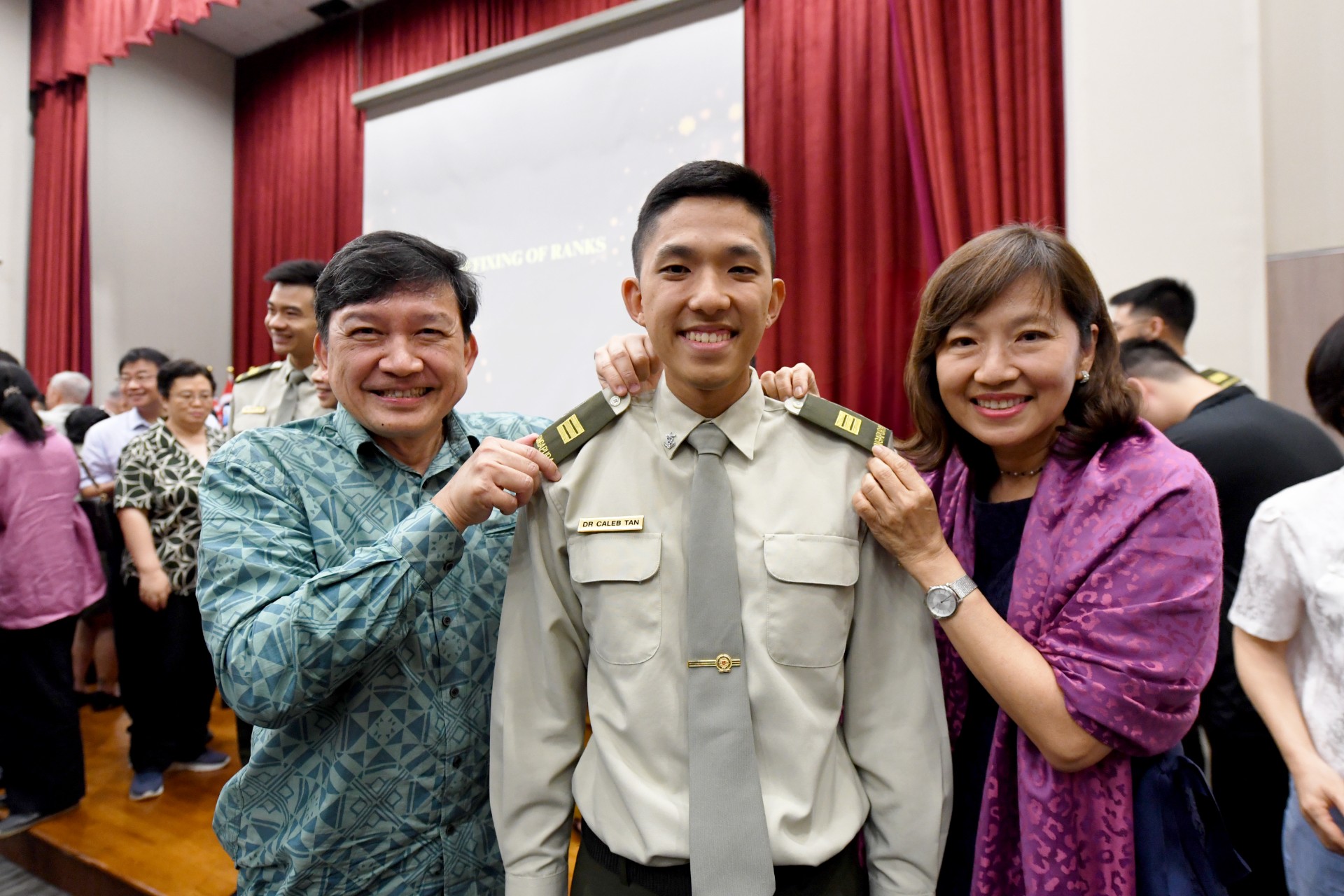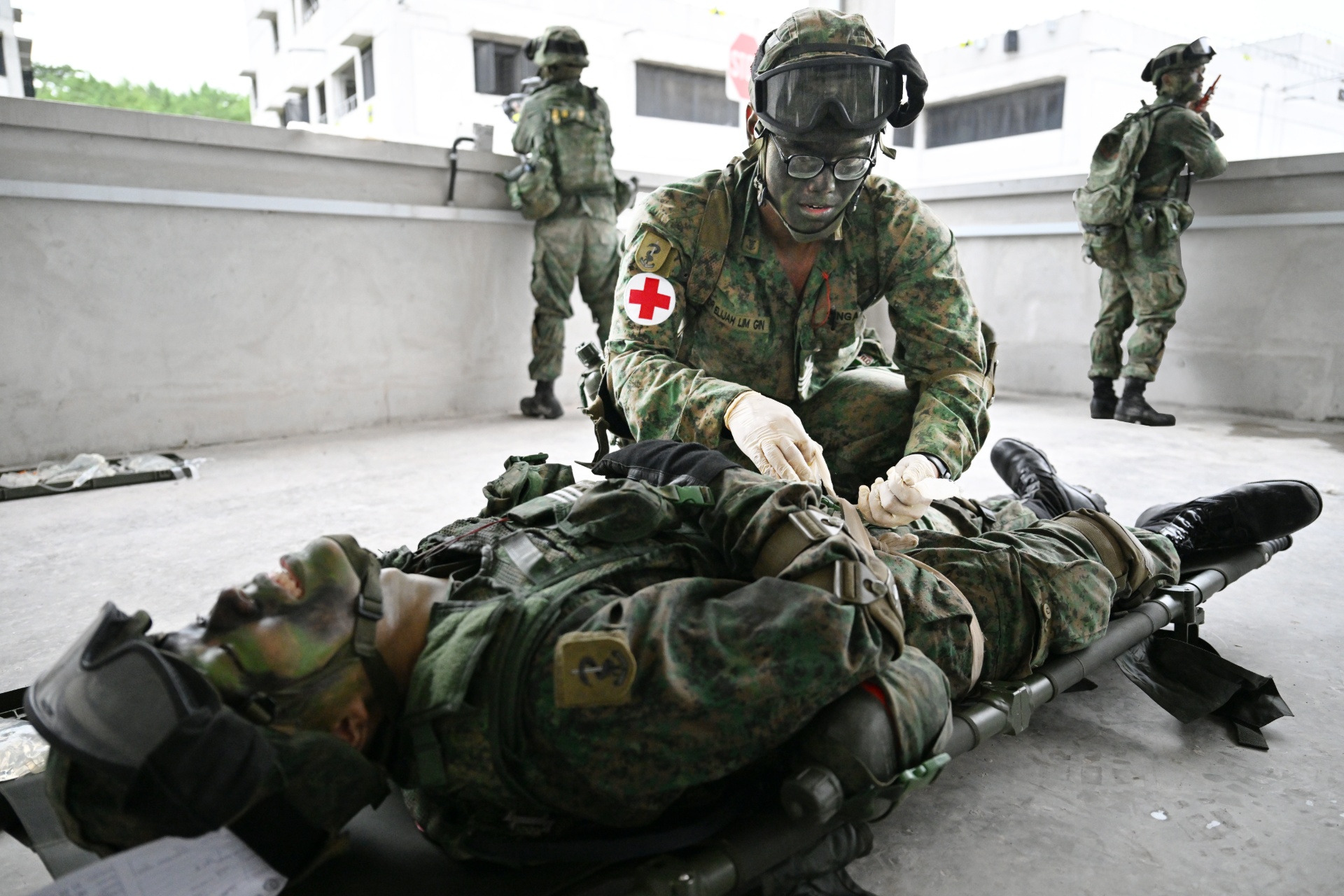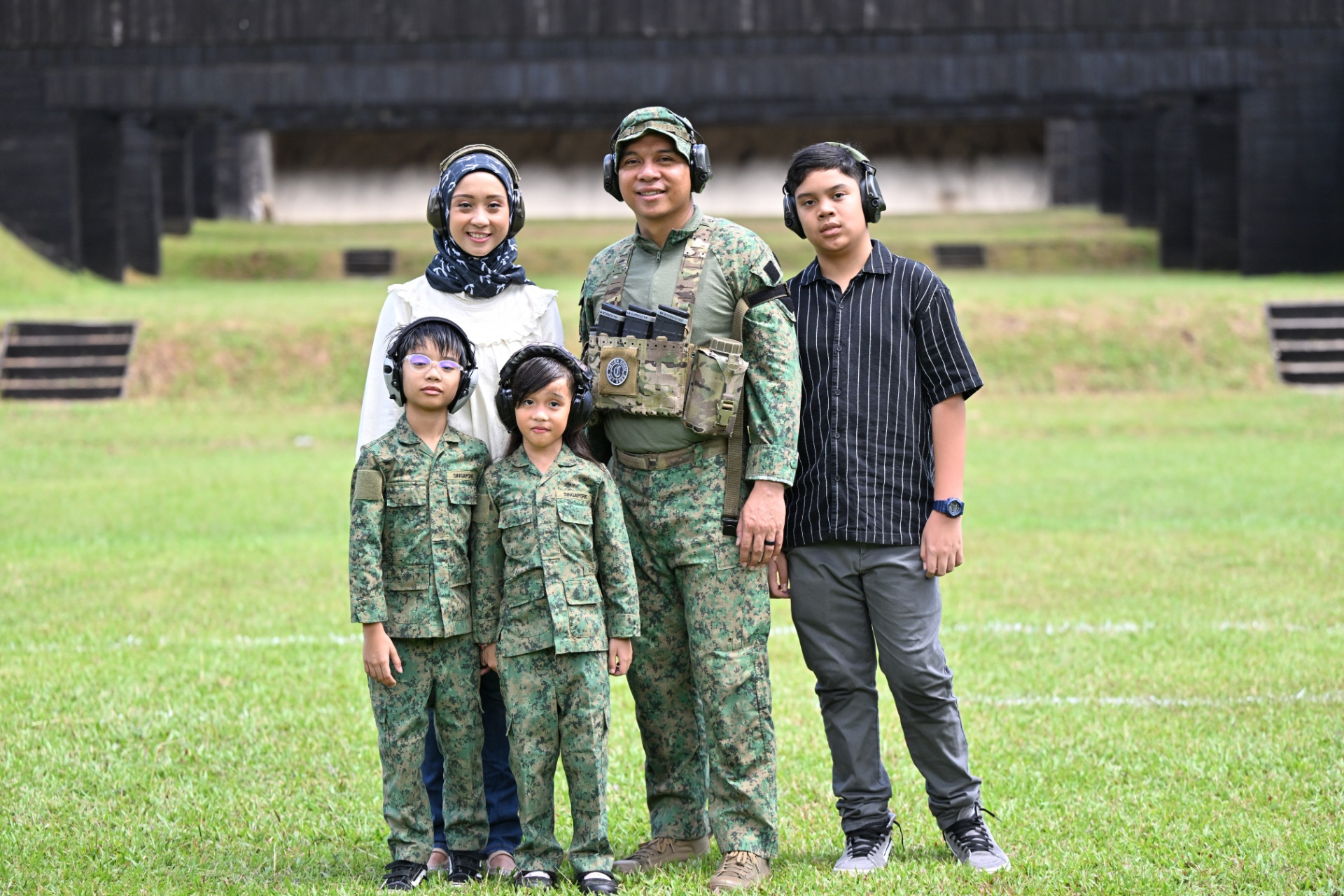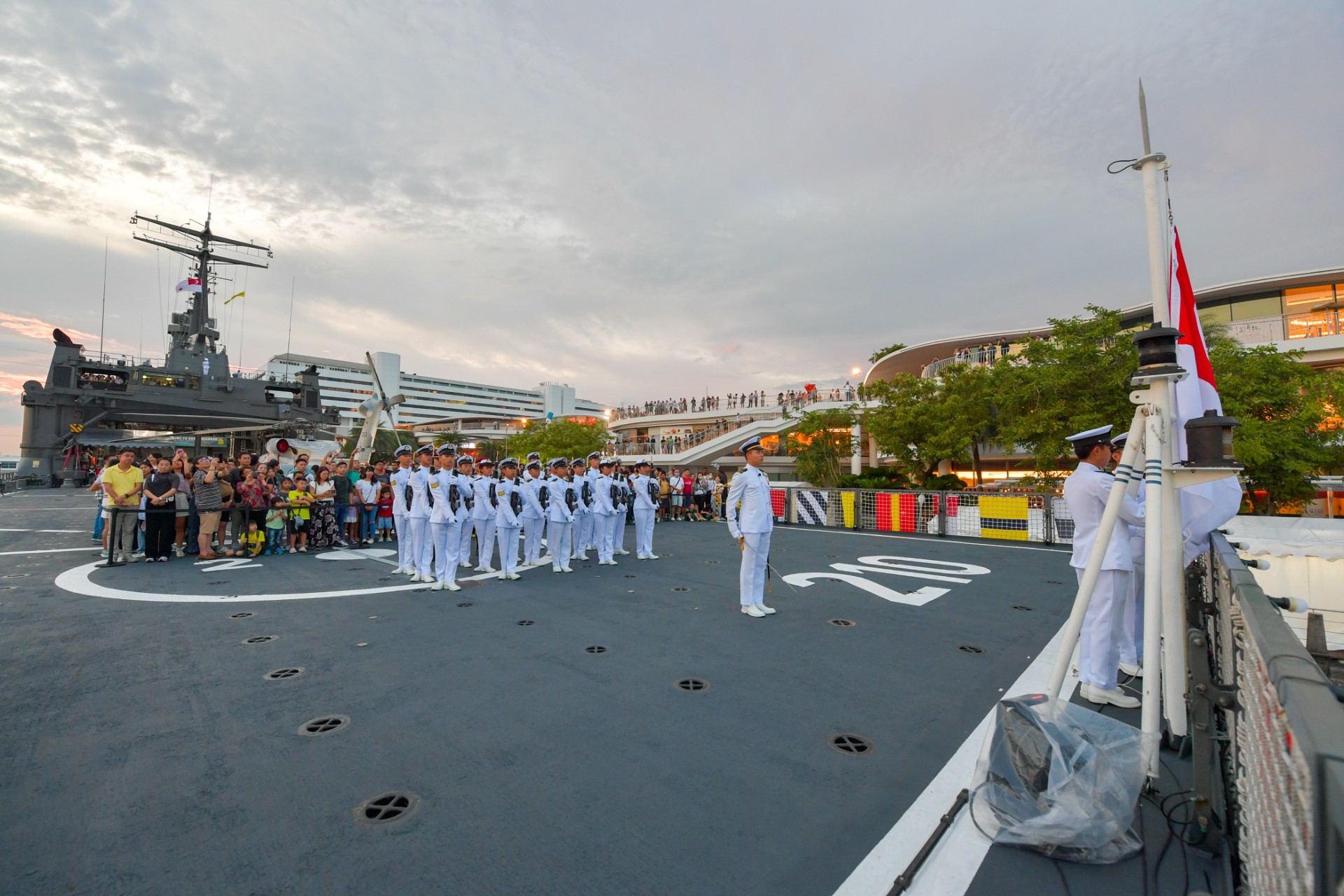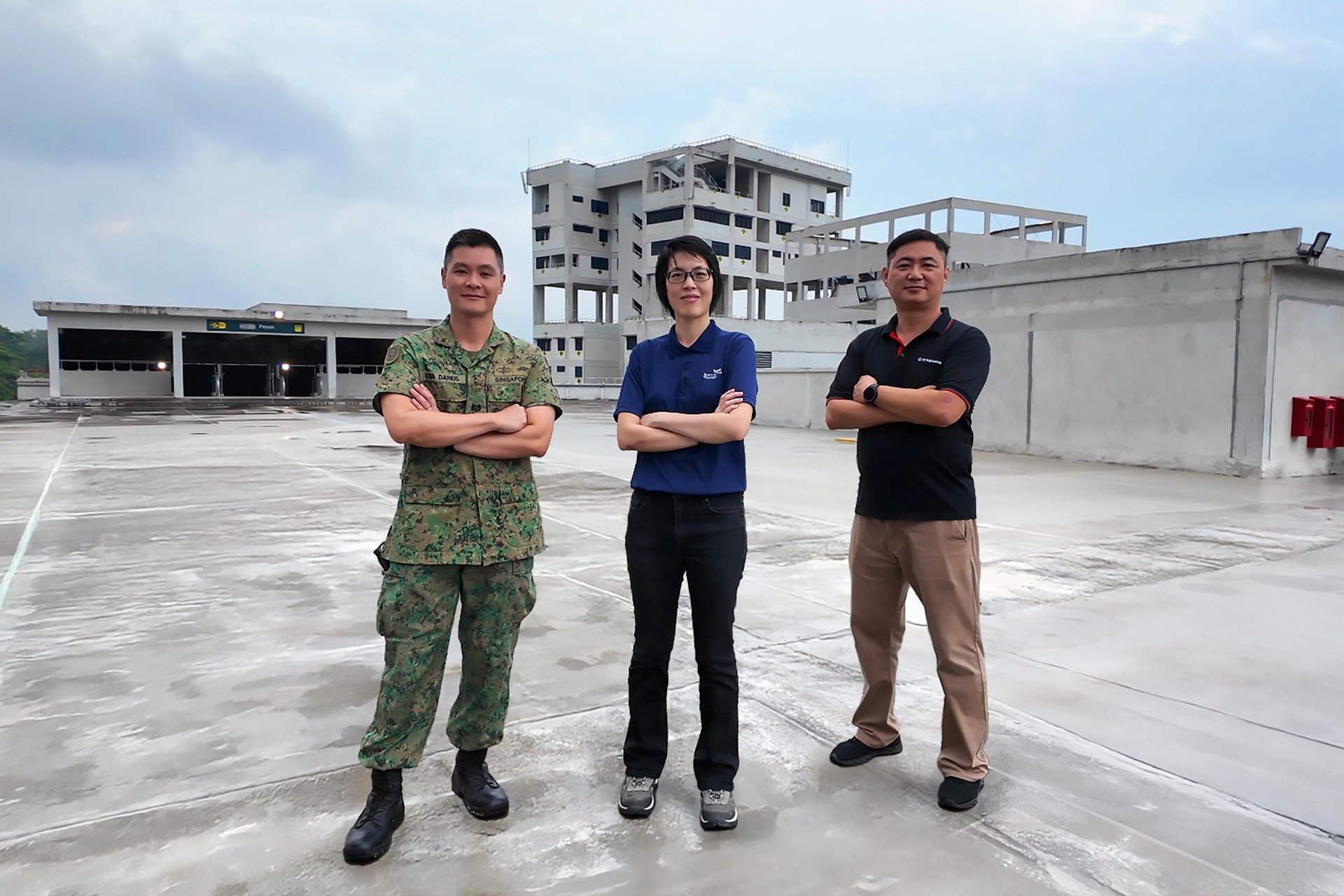DESIGNED TO PURIFY
PHOTO // Chua Soon Lye
Clean water is critical to many of the Singapore Armed Forces' (SAF's) operations, but it is not always readily available. This is where the Singapore Combat Engineers come in.
Clean water is hard to find. While more than 70 percent of the Earth's surface is covered by water, only about three percent of the water is useful for everyday life. Of that, two-thirds is locked up in glaciers and icecaps. And much of that final one percent is subterranean, leaving only a small fraction in accessible sites such as lakes and rivers.
It is little wonder, then, that usable water is rarely found where it is most needed. The Singapore Combat Engineers' Water Purification Unit (WPU) is the SAF's solution to this issue. Relying on a dedicated diesel engine to generate power to run its pump and filtration systems, the self-sufficient WPU produces up to 500 litres of clean water per hour.
"The unit is primarily used for Humanitarian Assistance and Disaster Relief (HADR) deployments when we are operating in areas with little or no access to clean water," explained Platoon Commander Captain (CPT) Wong Meng Kit.
Careful design
From the outside, the WPU is not much to look at. It is a complicated jumble of pipes, cylinders, hoses and cables which takes 20 minutes for an experienced crew of four to set up. But a closer look reveals the thoughtful design which enables the WPU to work its magic.
For example, the water pump connected to one end of the uptake hose assembly resembles a maritime lane-marker because of its inflatable flotation ring.
"It's designed to sit on the water surface and draw the cleanest water possible, away from sediment which might lie in the depths," said Staff Sergeant Vernon Ng.
The hoses are colour-coded: Red hoses are for raw water while the blue hose is used to deliver clean water. Accessories such as the flotation ring are stored in a metal box bolted onto the platform.
When fully packed, the WPU fits neatly onto an SAF five-ton crane truck which is used to transport and deploy the unit.
Practical use
Water produced by the WPU is used by the Singapore Combat Engineers in the construction of Modular Kits which sit on a bed of concrete for strength and durability. They are rapidly deployable structures which can be used for a variety of purposes such as medical clinics and shelters which are often critical during HADR operations.
Raw water sources are often unsuitable for cement work as the impurities can weaken bonds in the concrete slab. This is where the WPU can be used to provide the necessary clean water.
"Cement serves as a base for our Modular Kits. If it is not strong enough, it will jeopardise the integrity of the entire structure as the slab might crack," explained CPT Wong.
"The water produced by the WPU is also fit for human consumption because it has been extensively treated," he added.
Four-step cleaning
The WPU employs a robust four-stage cleaning process to produce clear, safe and odourless water. Raw water (water taken from virtually any available source) courses through the machine's increasingly fine filters before a dose of ultraviolet (UV) radiation is applied to kill bacteria and other microorganisms. This process is similar to what major water treatment plants employ.
First, raw water is drawn through the pre-filter to remove coarse debris such as sand particles. The filtered water then passes through a set of two finer filters - 10 and 5-micron sieves - to remove fine sediments such as rust particles.
Final removal of impurities is then carried out in the reverse osmosis chamber. Under pressure, the semi-treated water passes through the heart of this chamber, where a coil of fine membrane is positioned. This membrane is a semi-permeable layer with numerous microscopic perforations. Examined under a microscope, each square inch of the membrane contains millions of tiny holes, each about five ten-thousandths of a micron. This means the area of a household pin-head can hold close to two million of these perforations.
The water that emerges from this chamber is now virtually free of impurities, and the concentration of some metals would have been reduced to acceptable levels. However, viruses and other microorganisms still lurk in the water, and they are handled by the final step in the cleaning process - UV radiation.
UV radiation, at the correct intensity, breaks down viruses and other microorganisms by targeting their DNA. A carefully calibrated dose of chlorine is then added to prevent re-infection and the clean water can be put into storage containers for later use.
The result is that contaminated water is converted into potable, clean water in mere minutes. When called upon, the Singapore Combat Engineers are ready to deploy the WPUs to provide clean water for the SAF's operations.
How the WPU works
1) Pre-filter
Catches coarse debris such as sand and dirt.
2) 10 and 5-micron filters
Remove fine sediment such as rust and other particles.
3) Reverse osmosis chamber
Microscopic impurities such as metals and other contaminants are sieved out.
4) UV chamber
UV radiation is applied to kill viruses and microorganisms in the water.
5) Chlorination system
Chlorine is added to the purified water to prevent re-infection.
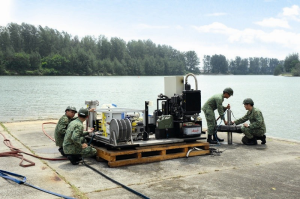
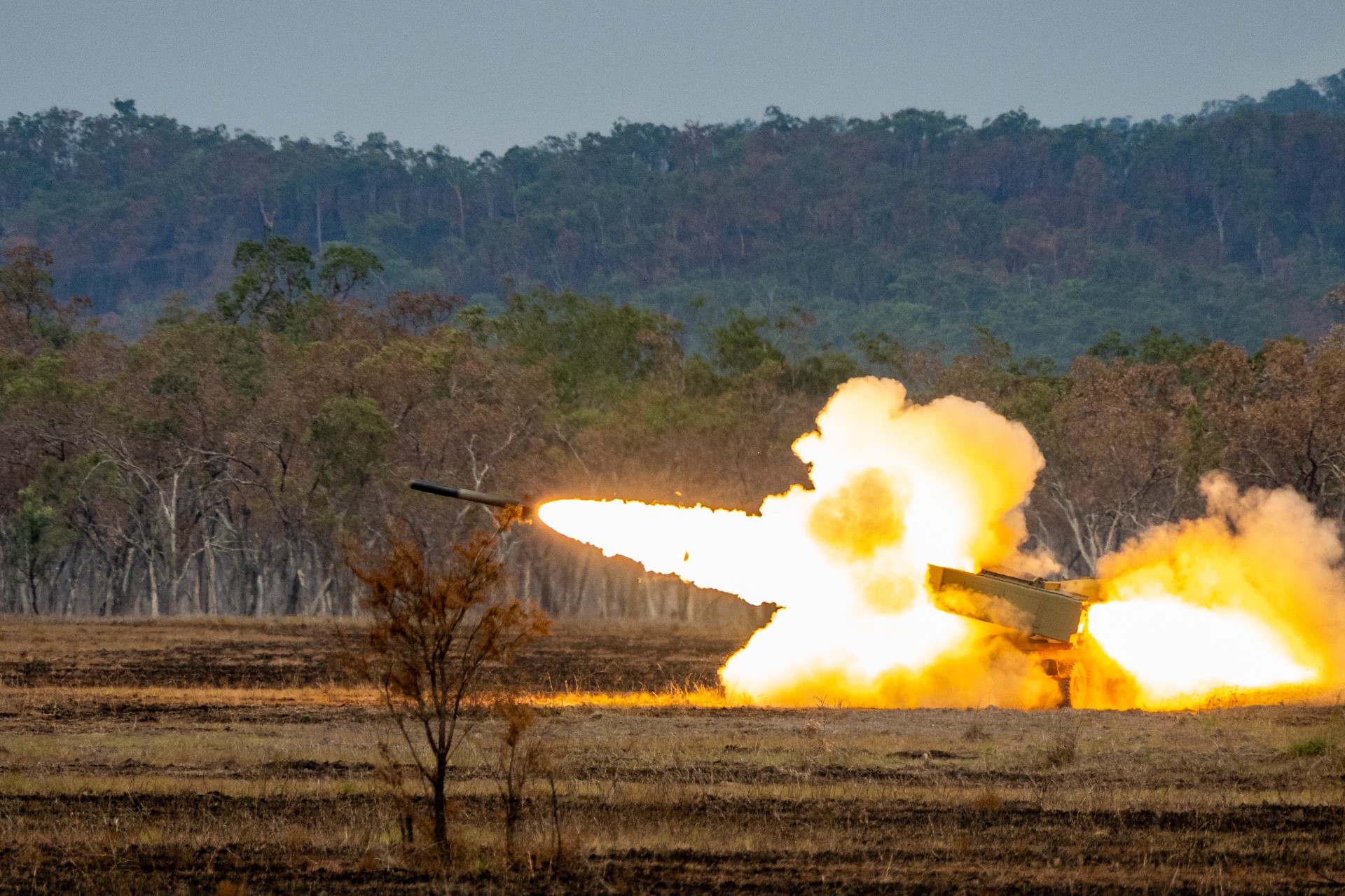
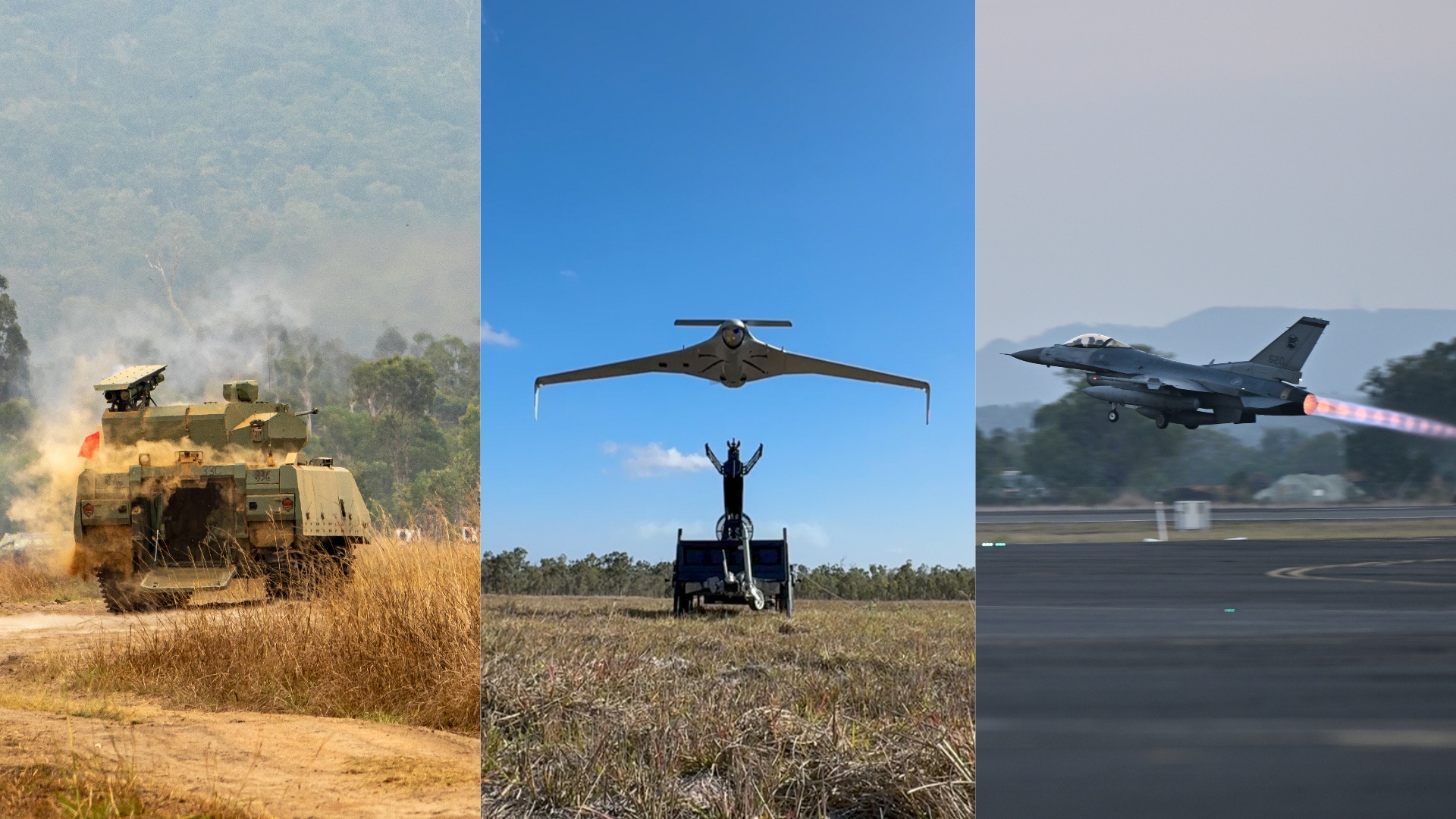
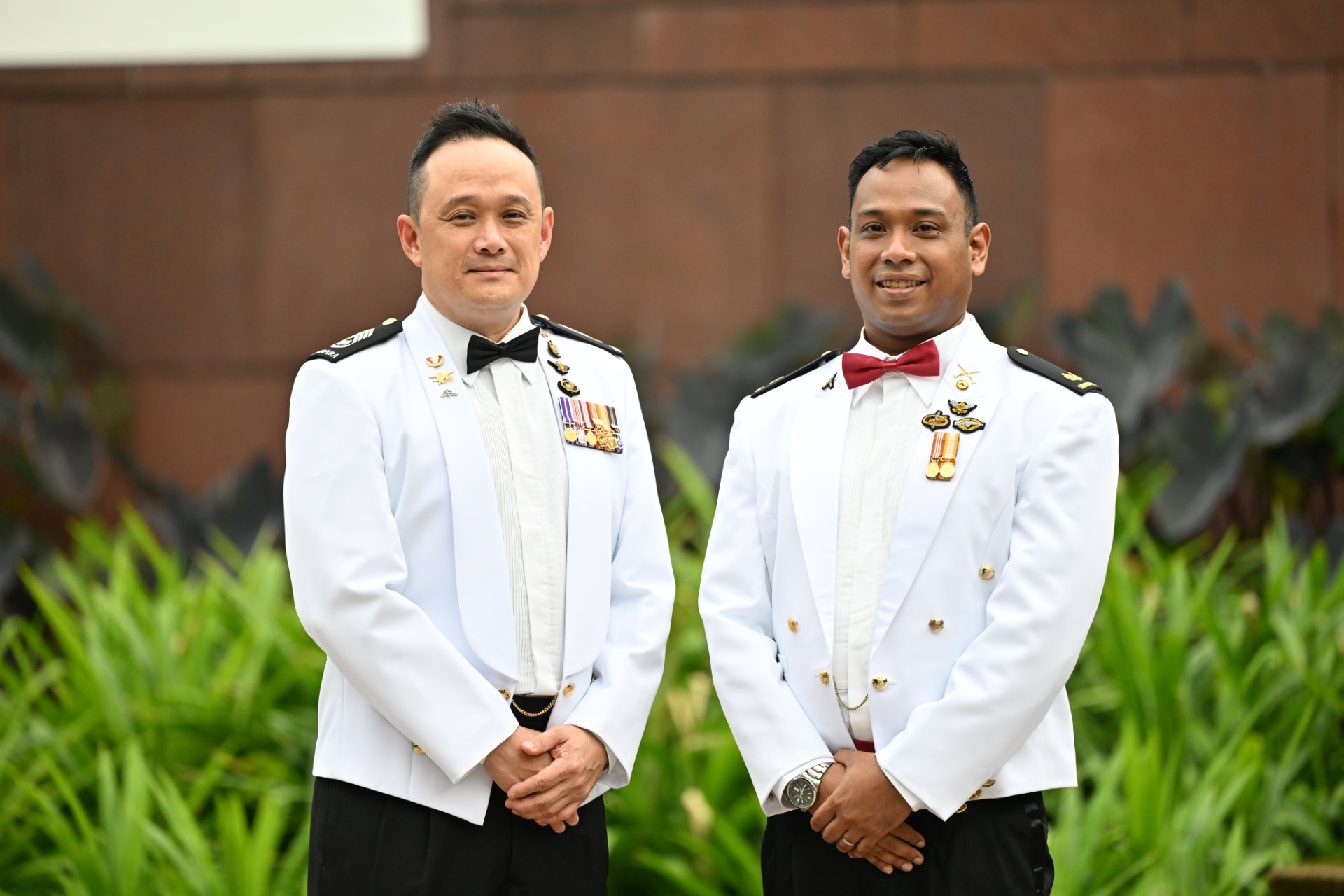
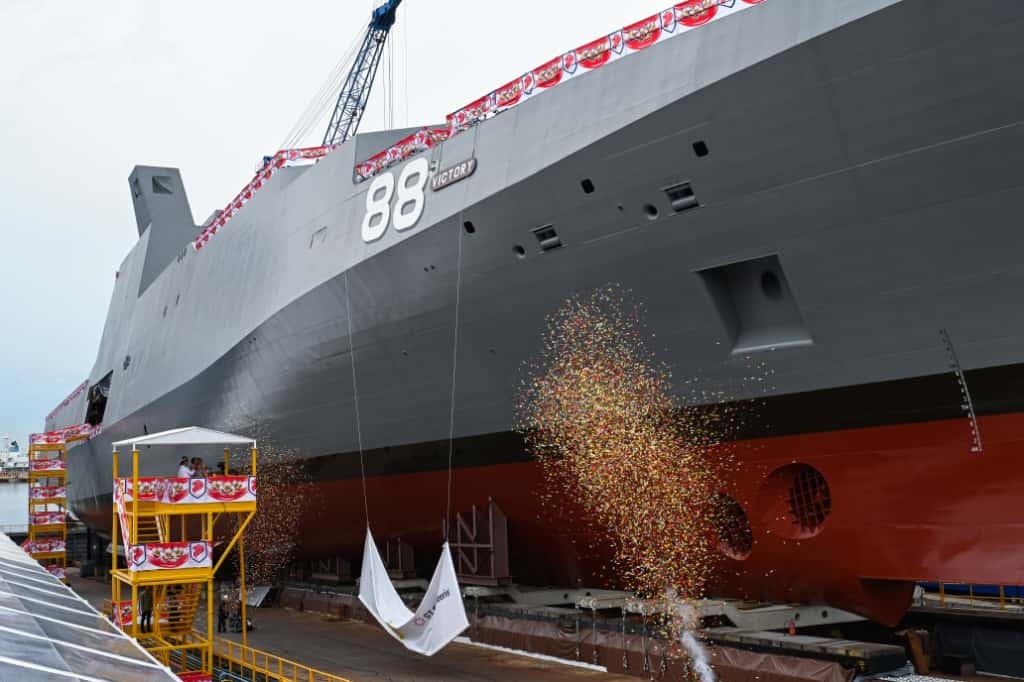
-dsc_2181.jpg?sfvrsn=cf8a503f_1)
